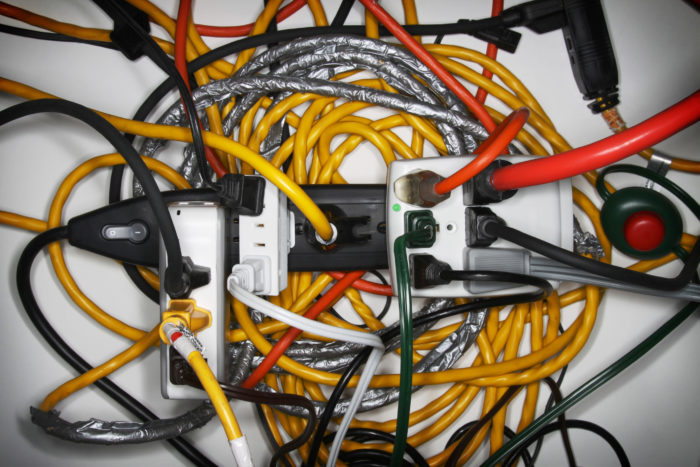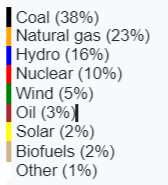The Utility Sector

“Don’t forget to turn off the lights!”
Turning off the lights was a given to save money on electricity bills.
Now the lights go off if the power grid is overloaded. Or a tree falls onto a high voltage line.
Electricity isn’t only about the lights. I have more wires plugged into my outlets than ever before. Why? Because everything wireless has a battery that needs to be charged.
Household appliances like refrigerators, microwaves, toaster ovens, food processors , washing machines, lamps, and oh my god all the wires for the “entertainment” center and the home office, all need electricity .
Has your utility bill gone up? Unplugging has a whole new meaning.
As our demand for electricity, water, and power continues to increase so do our utility bills.
In March of this year a powerful winter storm left millions of people in Texas without electricity, running water or natural gas.
For the lucky few who were able to turn on the lights, a flip of the switch could cost hundreds and sometimes thousands of dollars.
Can you imagine receiving an electric bill in the thousands of dollars for a few days of electricity?
In Texas, deregulation of the utility industry allowed over 200 companies to enter the utility market, giving consumers a choice of utility provider.
What consumers did not understand was the complicated pricing structure embedded in their electricity bill.
His Lights Stayed on During Texas’ Storm. Now He Owes $16,752. – The New York Times (nytimes.com)
New York and California have faced similar issues as they have deregulated as well.
What is the Utility sector all about?
Income-oriented investors buy utility stocks. The return on utility stocks is thought of as more “bond-like” than the type of return you would expect from stocks in general.
That used to be case, not so much anymore.
Utility stocks were stable. You could depend on a reliable source of income through dividends. Investors did not buy utility stocks expecting a dramatic change in the price of the stock. Utilities were not the “high-flyers”. No one asked for a tip on a utility stock.
What made utilities stable is that people pay their utility bills .
I have been looking at utility stocks for the same reason other investors look, the yield on utility stocks tends to be higher than the yield on bonds.
Now we come to the part about what has changed.
In my search I found utility stocks yielding 1.50% (closer to a bond yield) and utility stocks yielding 5-6%.
And there is the red flag.
Utilities are not alike and some carry quite a bit of credit risk.
Utility companies have a constant need for capital to upgrade and maintain equipment.
They, like many companies borrow money by issuing bonds.
Bonds have credit ratings. We can look to the bonds of a utility company to better assess risk.
Bonds that have high ratings like Aaa are associated with lower risk.
Bonds that have low ratings like BBB have higher risk.
Investors expect to be paid more income for taking the risk of a lower rated bond.
If a Utility stock is paying a high dividend yield, be sure to check the credit rating of the bonds the company has issued.
Even though there are thousands of utility companies, the Utility Sector is the smallest sector in the S & P 500 by market capitalization.
Many utility companies are so small they are called “microcap”. A microcap company has a market capitalization of $50 – $300 million.
In comparison the stocks in the S & P 500 are all large cap with market capitalizations of $10 billion or more.
There are 26 utility companies in the S & P 500. By comparison, the Consumer Discretionary sector has 62 companies .
How can we benefit from the Utility sector? My thinking is to buy a few medium risk utilities that pay a consistent dividend.
The dividend I receive is like a cash back benefit for paying my utility bills!
For more information on the outlook for the utility industry:
World electricity generation by source in 2018. Total generation was 26.7 PWh.[10]

• World electricity generation by energy source 2050 | Statista
How a Coal Plant Works (tva.com)
Electricity in the U.S. – U.S. Energy Information Administration (EIA)
This website is for informational purposes only and does not constitute an offer to sell, a solicitation to buy, or a recommendation for any security, nor does it constitute an offer to provide investment advisory or other services by The Modest Economist LLC.
